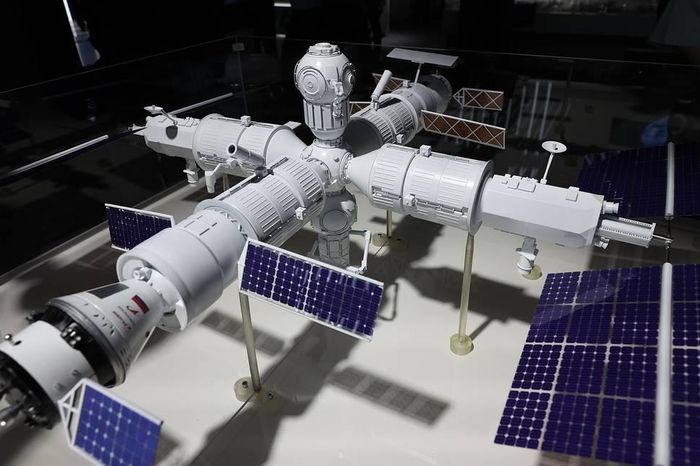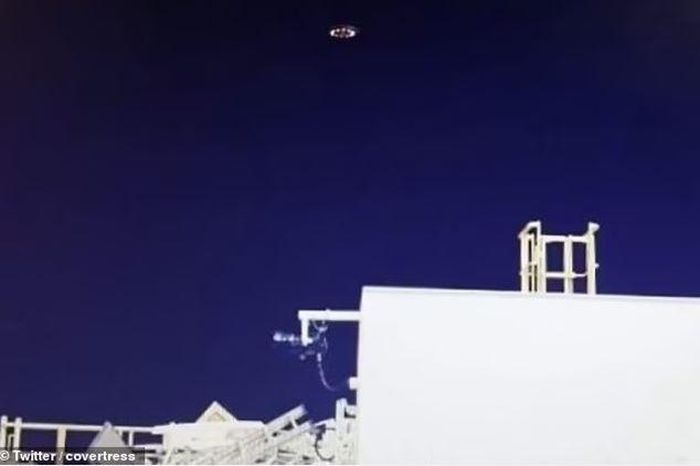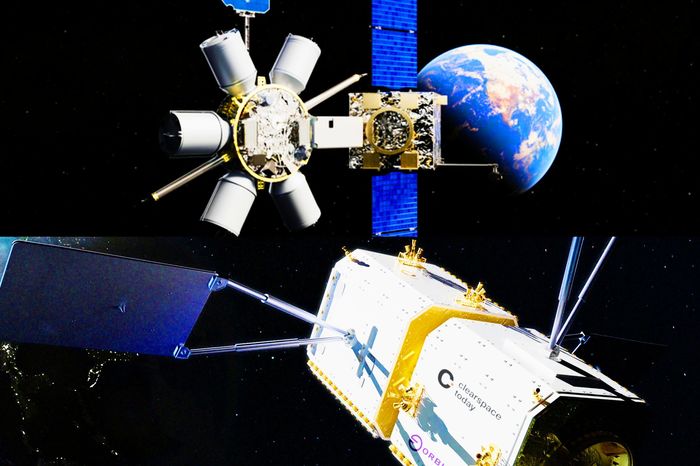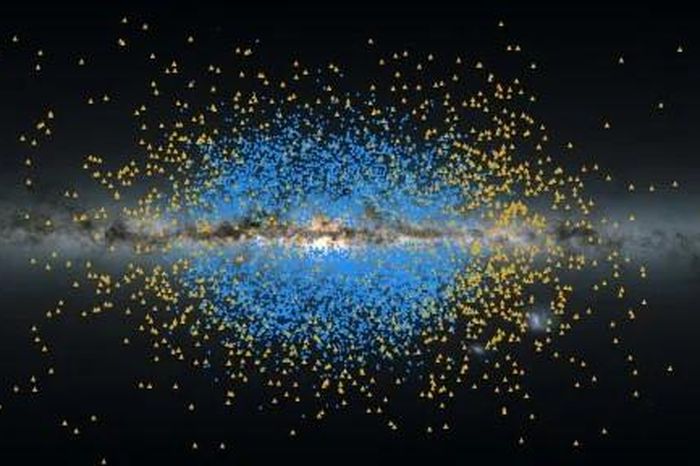NASA took on the task of establishing standard time on the Moon

Specifically, the head of the White House Office of Science and Technology Policy (OSTP) asked NASA to coordinate with other agencies in the US Government to come up with a plan to establish a coordinated Lunar Time ( LTC) by the end of 2026.
Gravity and factors on the Moon and other celestial bodies cause time on these planets to be different from Earth. Having LTC standard time could provide a time measurement standard for spacecraft and lunar satellites, which require extremely high precision when conducting space missions.
An OSTP official said that without establishing LTC, it will be difficult to ensure secure data transmission between spacecraft as well as synchronization of communications between Earth, lunar satellites, and base stations. bases and astronauts. According to the official, time differences could also lead to errors in mapping and locating locations on or orbiting the Moon.
Therefore, deploying an atomic clock on the lunar surface is necessary, especially when commercial activities expand to the Moon. Establishing uniform time standards will support the coordination of activities and ensure logistics management.
Through the implementation of the Artemis mission, NASA is aiming to send astronauts to the Moon in the coming years and establish a scientific base here, paving the way for subsequent missions on Mars. Dozens of companies, spacecraft and countries have joined the effort.
In January 2024, NASA said it had planned a plan called Artemis 3, bringing astronauts to land on the Moon in September 2026, after carrying out the first mission called Apollo in the 70s of the century. before. In the immediate future, NASA plans to carry out the Artemis 2 mission, bringing four astronauts around the Moon and returning to Earth in September 2025.
According to OSTP, determining a common standard for time on the Moon would benefit all countries in the space race. However, countries will need to reach a common agreement through the Artemis Accords, regarding how to operate in space and on the Moon. Currently, 36 countries have signed the above agreement.
You should read it
- Here's your chance to design a NASA payload for a Roomba-sized moon rover
- NASA opens the entire library of photos, videos and audio for free, anyone can see
- NASA will prioritize the recruitment of experienced scientists in blockchain and cryptocurrency
- NASA's top secret inventions have just been revealed
- NASA launches new Sun tracking tool
- Why didn't NASA intend to return to the Moon?
 NASA sets standard time for the Moon
NASA sets standard time for the Moon Revealing the design of Russia's future space station
Revealing the design of Russia's future space station Oil drillers discovered a UFO hovering for 10 minutes in what is believed to be an alien base
Oil drillers discovered a UFO hovering for 10 minutes in what is believed to be an alien base The US is researching special spacecraft to refuel satellites
The US is researching special spacecraft to refuel satellites The galaxy containing Earth has a 'second heart', which is 13 billion years old
The galaxy containing Earth has a 'second heart', which is 13 billion years old NASA is about to launch 3 rockets to 'penetrate' the solar eclipse
NASA is about to launch 3 rockets to 'penetrate' the solar eclipse